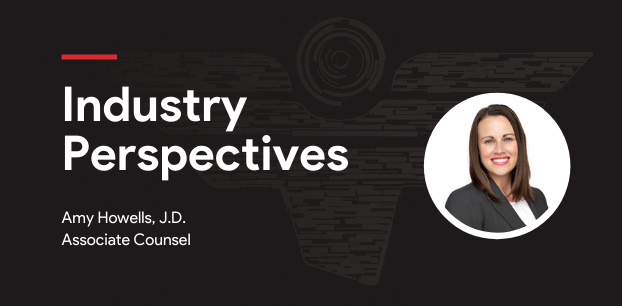
No Surprises Act
In a bipartisan effort to end balance billing, the No Surprises Act was written into the most recent coronavirus relief package. “Balance bills” are bills that are often received by patients from medical providers who are not part of their insurance network. The amounts of these balance bills reflect the difference between what the provider bills and what insurance pays. The patient ends up stuck owing the amount that is not covered by insurance. These bills can be extremely high and come as a surprise to the patient who often doesn’t know the provider is out of network or didn’t have a choice of provider in the first place, such as in the case of emergency services.
The No Surprises Act seeks to eliminate balance bills in three primary circumstances: emergency services from out-of-network providers, air ambulance services, and nonemergency services at an in-network facility billed by an out-of-network provider. Unlike state balance bill laws with a similar purpose, the No Surprises Act applies to a broader range of insurance plans, including self-funded plans like those serviced by ClaimDOC.
Generally, in each of the three circumstances, patients can only be billed for in-network cost-sharing amounts, with some limitations and exceptions. While the Act clearly outlines how patients are protected, it is less clear on who will bear the burden of the costs formerly assigned to patients in the form of balance bills. In anticipation of disputes between providers and payors regarding appropriate in-network rates for otherwise out-of-network providers, the No Surprises Act provides for an independent dispute resolution (IDR) process. Although official guidance and regulations for implementation won’t be released until later this year, including clear rules for the IDR process, ClaimDOC is already preparing for how to best leverage the No Surprises Act to better serve clients and their members.
Certain aspects of the IDR process have been identified ahead of the release of official guidance, including what factors the arbitrator may consider when determining an appropriate payment amount. One of those factors is demonstrations of good faith efforts (or lack thereof) to reach a network agreement and any contracted rates between the two parties during the previous four years. This specific factor greatly plays to ClaimDOC’s advantage based on our history of insisting upon reasonable rates when negotiating with providers for either global contracts or payment of post-service claims. While other payors will likely be bound by the high rates formulated as a discount on providers’ arbitrary chargemaster rates, plans supported by ClaimDOC will have the benefit of much lower rates, based on justifiable data and a uniform reimbursement methodology as the historical basis for payment of services.
There has also been speculation as to the applicability of the Act to open access plans because the Act so frequently references networks as a foundation. The ClaimDOC model is predicated on the belief that the use of traditional, network-based terminology is an outdated model that has proven ripe for abuse and creates confusion among patients, providers, and payors. Due to our insistence that every provider, even those not contracted with the plan, receive a fair reimbursement, we eschew the “In/Out-of-Network” model and embrace open access to all providers. Essentially, under the ClaimDOC model, if a patient is unable to be seen by a provider, it is because the provider is refusing to see the patient and not because the health plan is disallowing the visit. Regardless of our methods, this Act is applicable to self-funded plans, even those utilizing an open access model like ClaimDOC’s.
While we anticipate some differences in opinion when the formal implementation rules and advisory commentaries are released later this year, we are certain the No Surprises Act will become a valuable tool in ClaimDOC’s pursuit to resolve healthcare’s cost problem.